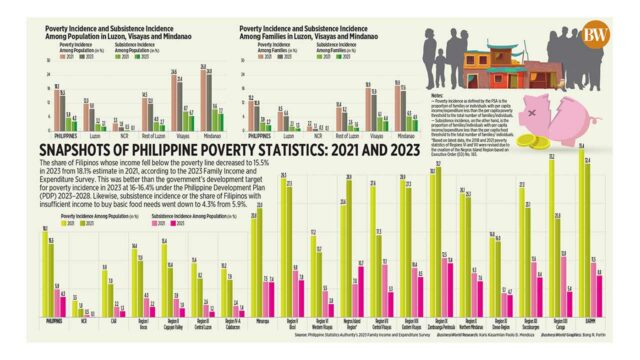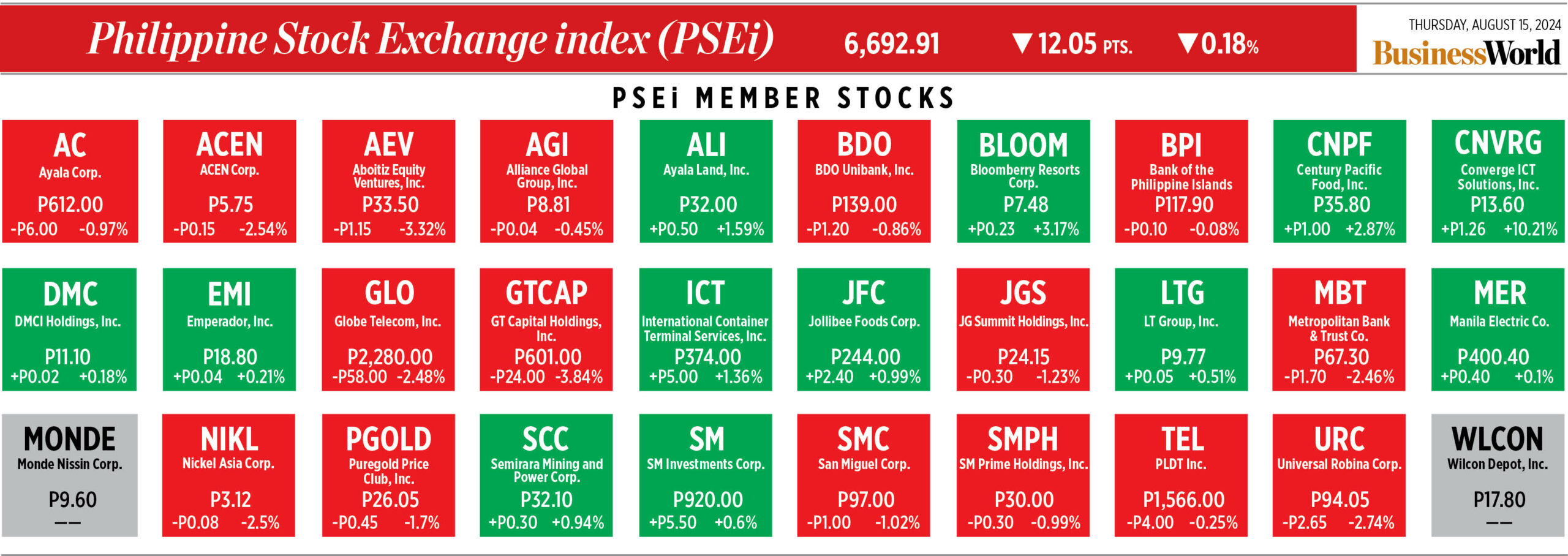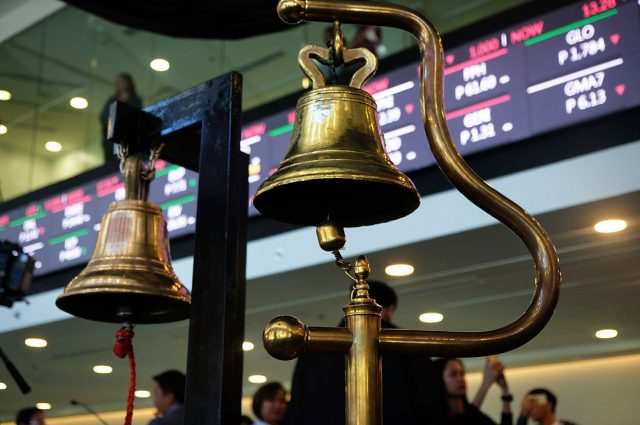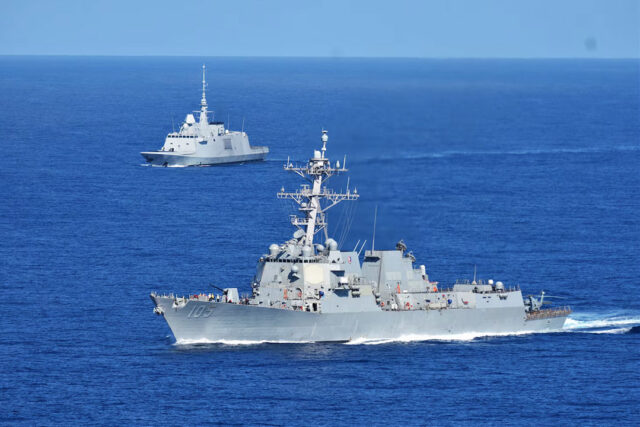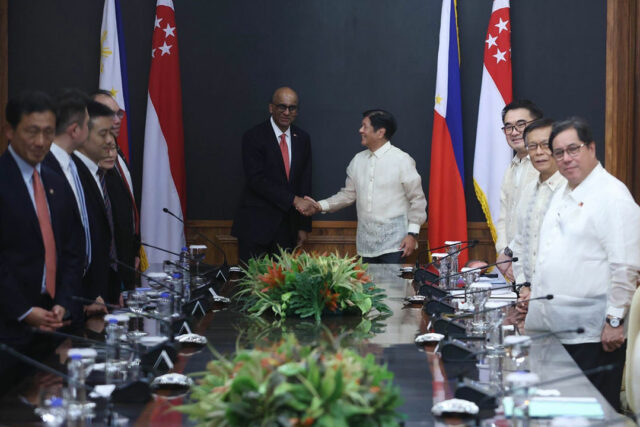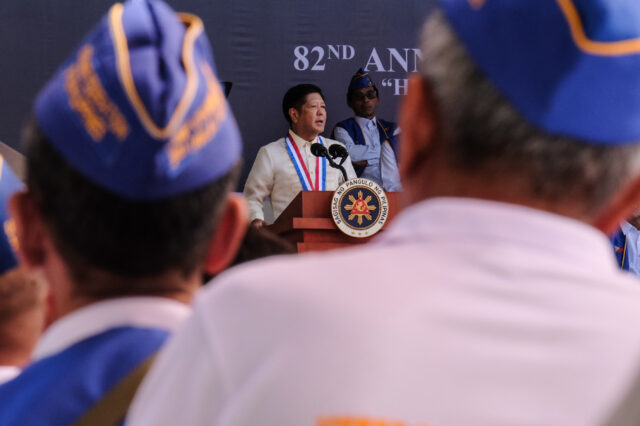Breaking down barriers: The need for open-access data transmission in the Philippines
The digital age has irrevocably transformed societies, economies, and individual lives around the world. At the core of this revolution lies the unhindered flow of data, a vital artery nourishing innovation, commerce, and communication. In an era where information is considered the new currency, access to data and the means to transmit it are fasting becoming a necessity and not just a luxury.
Armed with this realization, a multi-sectoral coalition, supported by key Philippine government agencies and stakeholders, are clamoring to establish a framework that would foster open access regime for data transmission in the Philippines. This is through what is now called the Konektadong Pinoy bill — proposed legislation that, while promising, is a complex issue that necessitates a nuanced examination of its potential benefits and drawbacks.
To date, several local and international groups have urged President Ferdinand Marcos, Jr. to stamp as a priority bill a legislative measure that seeks to expand and improve internet service in the country by encouraging expansive investments in broadband infrastructure, especially in the countryside.
The 23 organizations — composed of domestic business organizations, joint foreign chambers, industry associations, and civil society associations — made the appeal in a recent joint statement to the President, asking him to prioritize and certify as urgent the passage of the Konektadong Pinoy Act, also known as the Open Access in Data Transmission Act.
In a recent statement, these groups said “We, the signatories, believe that the proposed Open Access in Data Transmission Act is the key to unlocking the potential of a more digitally inclusive, economically vibrant, and prosperous country. We therefore urge the President to champion the bill that will transform the Philippines into a truly #BayangDigital,” said the statement.
The joint statement was signed by the leaders of the Alliance of Tech Innovators for the Nation; the American Chamber of Commerce of the Philippines; the Analytics & Artificial Intelligence Association of the Philippines; Asia Open RAN Academy; the Association for Progressive Communications; Better Internet PH; the Canadian Chamber of Commerce of the Philippines; Democracy.Net.PH; the Employers Confederation of the Philippines; the European Chamber of Commerce of the Philippines; Fintech Alliance.PH; Foundation for Media Alternatives; the Global Digital Inclusion Partnership; the Institute for Social Entrepreneurship in Asia; the Internet Society; the Internet Society-Philippines Chapter; the Japanese Chamber of Commerce and Industry of the Philippines; the Korean Chamber of Commerce of the Philippines; the National ICT Confederation of the Philippines; the Philippine Association of Multinational Companies Regional Headquarters, Inc.; the Philippine Cable and Telecommunications Association, Inc.; the Philippine Chamber of Commerce and Industry; and the Philippine Exporters Confederation, Inc.
The business groups also said that the Open Access bill has garnered strong support from various sectors. The current House of Representatives had already passed the bill on third reading in December 2022, while Senate President Francis Escudero recently stated that the Open Access Act was among the priority measures of the 19th Congress. Senator Allan Peter Cayetano is the bill’s main champion in the Senate.
In addition, the Legislative-Executive Development Advisory Council, in its September 2023 and June 2024 meetings, recognized the proposed policy as a priority measure.
The Financial Inclusion Steering Committee has also expressed continued support for the Open Access bill, saying it will enhance Internet access for the unbanked populace in remote areas and promote broad-based access to digital financial services.
The National Economic and Development Authority advocates the passage of the Open Access bill because it will “lead to increased efficiency, reduced costs and improved service quality.”
Proponents of the Konektadong Pinoy bill argue that it is a crucial and very important step towards bridging the digital divide. By mandating infrastructure sharing among telecommunications companies, the regulation, when legislated, will dismantle monopolies and oligopolies, fostering competition and driving down prices for internet services. This, in turn, promotes more affordable and accessible internet access for all Filipinos.
Open access is also being seen as a catalyst for innovation. Proponents stress that by breaking down data silos and encouraging the free flow of information, the proposed measure can stimulate the development of new products and services. For one, startups, SMEs and MSMEs can benefit from this open access environment, as they can leverage existing infrastructure to bring their ideas to market without incurring prohibitive costs. The Konektadong Pinoy bill is also expected to boost the country’s digital economy. A more connected population translates to increased online transactions, e-commerce, and digital content creation. This, in turn, can generate new jobs and revenue streams for the government.
THE CASE FOR OPEN ACCESS IN DATA TRANSMISSION
There are several arguments to be made in favor of open access in data transmission — and most are rooted in the principles of fairness, innovation, and economic development. At the crux of it all is the ability to access and transmit data freely that is vital in ensuring that all individuals and businesses have an equal opportunity to participate in the digital economy.
As many have argued, one of the primary benefits of open access in data transmission is the potential to spur innovation. In a system where data flows freely, startups and small businesses can compete on a level playing field with larger, more established companies. This can lead to the development of new services, applications, and technologies that might not have been possible in a more restrictive environment.
Open access environment in data transmission also promotes fair competition among service providers. Without strict regulation, ISPs are able to prioritize their own services or those of their partners — stifling competition. Consequently, smaller companies and startups find it difficult to compete as they are unable to access the same quality of service as larger companies with more resources.
The Konektadong Pinoy Bill seeks to address all of the above by ensuring that all service providers are treated equally, regardless of their size or market share, which in turn results in a more competitive market and largely redounds to improved benefits for all consumers.
Another argument in favor of this bill is its potential in correcting the current digital divide in the Philippines. Unfortunately, many rural areas continue to experience a severe lack of access to reliable internet services, putting them at an extreme disadvantage in terms of education, employment, and economic opportunities. Open access in data transmission could help bridge this divide by making it easier for new ISPs to enter the market and provide services in underserved areas, even in geographically isolated locations in the country. By requiring existing ISPs to provide equal access to their technology and networks, the Konektadong Pinoy Bill encourages the development of new infrastructure in rural areas and unserved and undeserved communities — bringing more Filipinos online and ensuring that everyone has an equal opportunity to participate in the digital economy.
RISKS AND CHALLENGES
However, the path to a digital utopia is not without its risks and challenges. Critics of the proposed regulatory framework raise valid concerns about the potential negative consequences of open access. They argue that under an open access environment, network quality may suffer, saying that mandatory infrastructure sharing may result in congestion thereby degrading service quality given that multiple providers compete for limited capacity. All these could result in slower internet speeds and increased latency, frustrating users, and may pose a serious challenge to the dream of better access to quality internet services.
Other quarters also raise another concern: the potential for data privacy breaches. They stress that with more players involved in data transmission, the possibility of a heightened risk of unauthorized access to sensitive information is imminent.
Some have even argued that while the proposed legislation is expected to stimulate competition and lower prices, it could also lead to reduced investments in network infrastructure by incumbent operators which in turn hinders the long-term development of the telecommunications industry.
Methinks, however, that the benefits far outweigh the costs and what is crucial in the ongoing discussions is how the government will address significant challenges in the implementation of what are enshrined in the Konektadong Pinoy Bill.
For example, one of the primary challenges in implementing open access is the need for significant infrastructure investment. Ensuring that all Filipinos have access to reliable internet services requires the development and funding of new infrastructure, particularly in rural and underserved areas. Given that this is costly and time-consuming, there might be some significant reluctance among the private sector to invest, especially without the promise of acceptable returns.
Thus, the government may have to step in and play a more active role in supporting infrastructure development, either through direct investment or through public-private partnerships. Additionally, there may be a need for subsidies or other incentives to encourage ISPs to expand their networks into underserved areas.
There is also a need for a more vigilant and active oversight to ensure that ISPs adhere to the principles of open access which I think is always a challenge as experience would show that regulatory bodies are often under-resourced and may lack the technical expertise to enforce complex regulations. To address this, there may be a need to establish a dedicated regulatory body with the authority and resources to enforce the principles of open access — independent and insulated from political and corporate influence to ensure that it can carry out its mandate effectively.
Another serious challenge that needs to be overcome is the possibility of abuse by certain actors. For example, some ISPs may attempt to circumvent the principles of open access by using technical measures to throttle or prioritize certain types of traffic. Others may engage in anti-competitive practices, such as predatory pricing or exclusive partnerships, to gain an unfair advantage in the market. To address this, the proposed measure may have to include very strong anti-abuse provisions, with clear penalties for violations. Additionally, there may be a need for ongoing monitoring and enforcement to ensure that ISPs are complying with the principles of open access.
As with any piece of legislation, the Konektadong Pinoy Bill presents both opportunities and challenges. The key to its success will be in finding the right balance between promoting innovation and competition, while also ensuring that the necessary infrastructure and regulatory frameworks are in place to support open access.
Indeed, the Konektadong Pinoy Bill represents a bold vision for a more connected and inclusive Philippines. By enshrining open access in data transmission, the bill has the potential to spur innovation and promote competition even as it presents a significant opportunity to accelerate the Philippines’ digital transformation. However, it is essential to approach this initiative with caution and foresight. By carefully considering the potential benefits and drawbacks and implementing appropriate safeguards, the government can create a digital landscape that empowers citizens, drives economic growth, and fosters innovation.
Ultimately, the success of the Konektadong Pinoy bill will depend on its implementation. If executed effectively, it can be a catalyst for a more connected, inclusive, and prosperous Philippines. However, if mishandled, it could lead to unintended consequences and hinder the country’s digital aspirations.
Dr. Ron F. Jabal, APR, is the CEO of PAGEONE Group (www.pageonegroup.ph) and founder of Advocacy Partners Asia (www.advocacy.ph).




